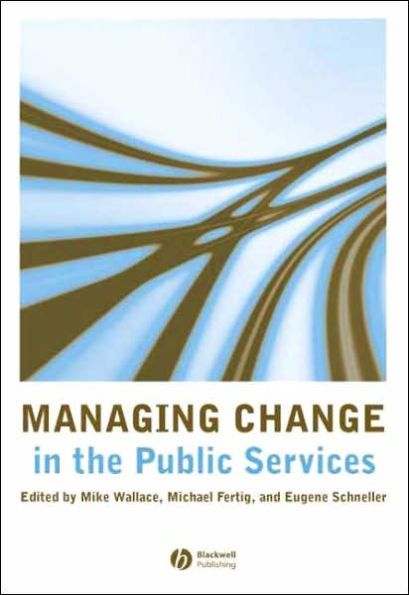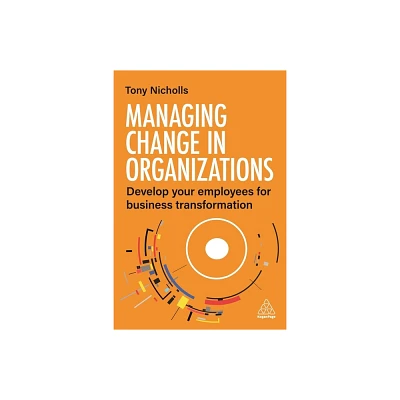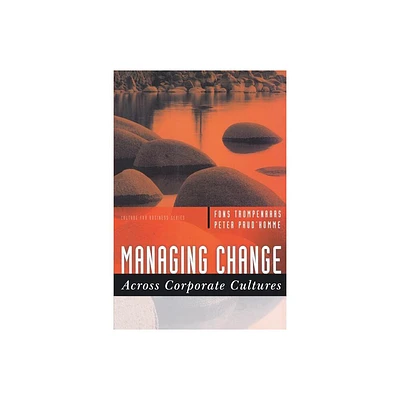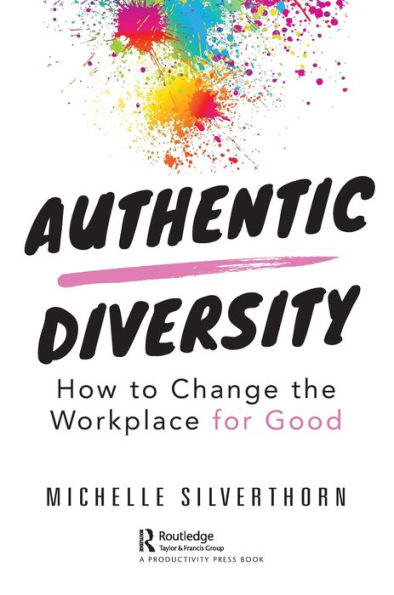Home
Managing Change in a Unionized Workplace: Countervailing Collaboration
Loading Inventory...
Barnes and Noble
Managing Change in a Unionized Workplace: Countervailing Collaboration
Current price: $95.00
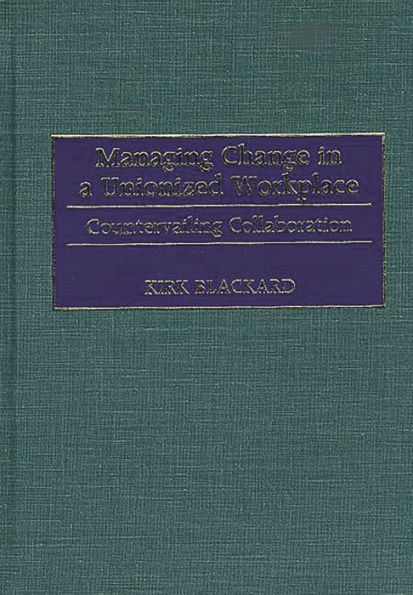

Barnes and Noble
Managing Change in a Unionized Workplace: Countervailing Collaboration
Current price: $95.00
Loading Inventory...
Size: OS
*Product Information may vary - to confirm product availability, pricing, and additional information please contact Barnes and Noble
Unlike other labor law and management books, Blackard's comprehensive new work not only examines legal, strategic human resources management, change management, and related labor/management relations issues, but also offers easily grasped and applied methods for addressing all of these issues. Labor relations should be a fully integrated part of a systemic approach to human resource management, argues Blackard. He challenges the feasibility of ad hoc programs and labor/management partnerships, but encourages collaboration within the context of both parties' interests and roles. His book provides a philosophy and set of practices to manage change and improve the labor/management relationship in the unionized workplace.
Companies with poor union relationships rarely have union problems; they have management problems. The crux is that managing change is a special challenge. To help executives address the challenge, Blackard first reviews the state of labor relations and discusses key differences between managing change in union and non-union settings. He presents a philosophy based on collaboration of countervailing interests and an integrated model for change management that is uniquely applicable in unionized workplaces. He then discusses the application of management practices based on such concepts as organizational learning, systems theory, trust, power, mutual gains negotiations, and supplemental teams that support the countervailing collaboration concept. By seeing labor relations as part of a broader human resource management system, one can identify and better understand many of the questions that inevitably rise when faced with the need for rapid and often drastic change.
Companies with poor union relationships rarely have union problems; they have management problems. The crux is that managing change is a special challenge. To help executives address the challenge, Blackard first reviews the state of labor relations and discusses key differences between managing change in union and non-union settings. He presents a philosophy based on collaboration of countervailing interests and an integrated model for change management that is uniquely applicable in unionized workplaces. He then discusses the application of management practices based on such concepts as organizational learning, systems theory, trust, power, mutual gains negotiations, and supplemental teams that support the countervailing collaboration concept. By seeing labor relations as part of a broader human resource management system, one can identify and better understand many of the questions that inevitably rise when faced with the need for rapid and often drastic change.
